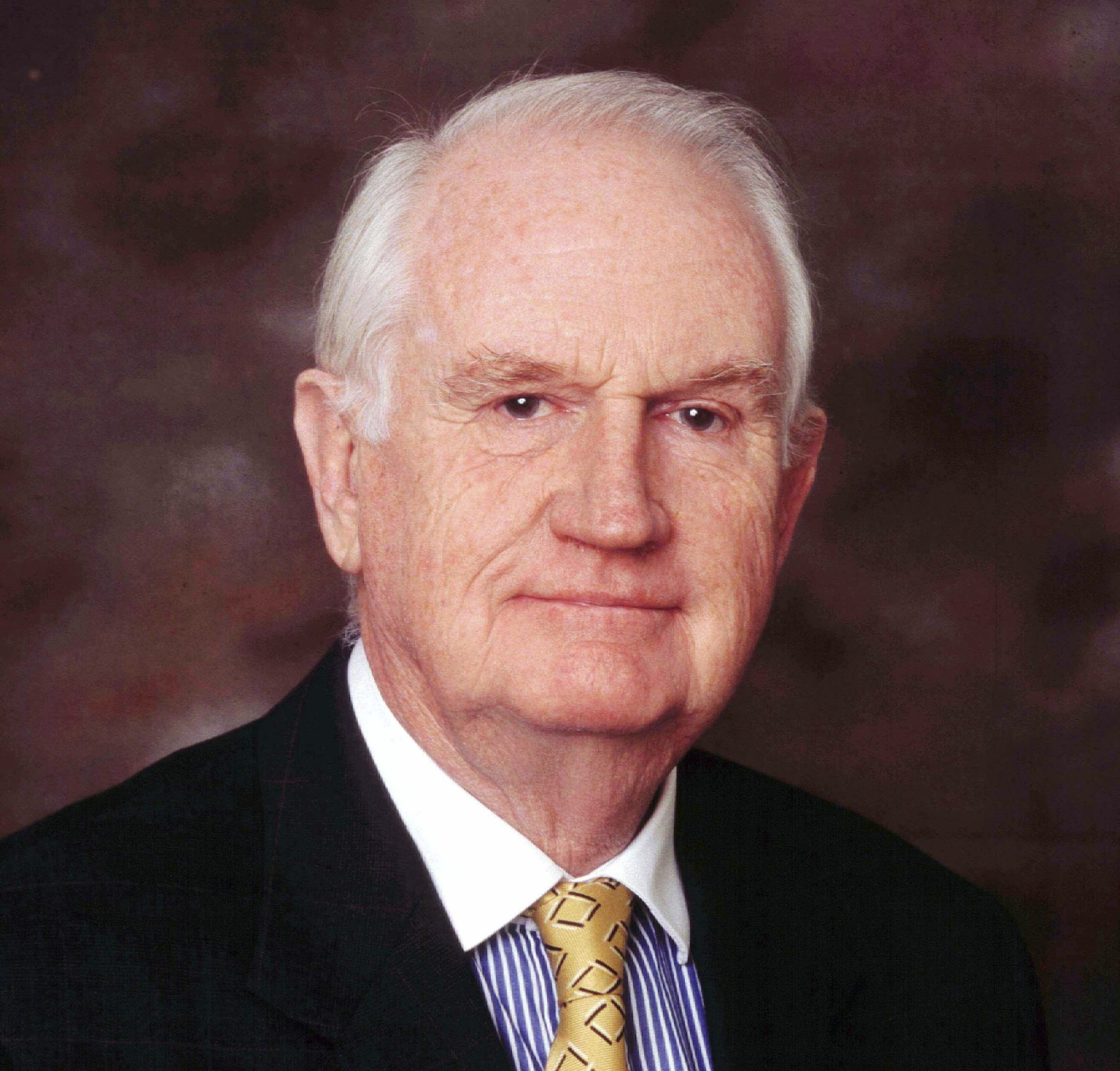Jack Holmes, formerly Technical Director of Anglo American Corp (AAC), is inducted into the International Mining Technology Hall of Fame for his massive contribution to the large-scale commercialisation of solvent extraction of copper, in Zambia and worldwide.
In 1970, Holmes persuaded the understandably apprehensive Board of Anglo American Central Africa Ltd to abandon convention and rather invest upwards of $150 million in innovative technology to recover 100,000 t/y of residual acid-soluble copper from current and accumulated flotation tailings at Nchanga mine: that technology was solvent extraction (coupled with electrowinning). This bold proposal was made at a time when SX of copper was in its mere infancy, having been installed in only Arizona at very small scale, in specifically Ranchers Bluebird (5,000 t/y copper) and Bagdad (7,000 t/y copper).
The recommended venture represented considerable (albeit much-investigated, by JAH himself) technical and financial risk to Nchanga mine; and it was a major vote of confidence in Jack’s capabilities, for a positive decision to have been taken by the Board, at that time. The Zambian project accordingly went ahead and the plant was commissioned in 1973. The operation’s early and obvious success generated universal confidence in the technology and heralded the subsequent world-wide acceptance of SX-EW as a reliable and preferred technology for recovery of leached copper (and later zinc and cobalt). Although a succession of other plants of substantial size soon emulated the Nchanga project, the latter remained the biggest in the world for a decade or more.
It was an inspired decision of Jack’s, before final plant design, to seek permission from Bagdad Copper Co, to ‘borrow’ sections of its 7,000 t/y commercial plant, for his metallurgists to use as a pilot plant, in which newer technologies and optimising techniques could be researched and developed. One piece of Anglo knowledge that was disclosed gratuitously to Bagdad and allowed to become public, was the use of dissolved cobalt (in electrolyte) to stabilize lead anodes when operating at increased levels of acidity and current density. This modus operandi is now standard practice, throughout the industry.











